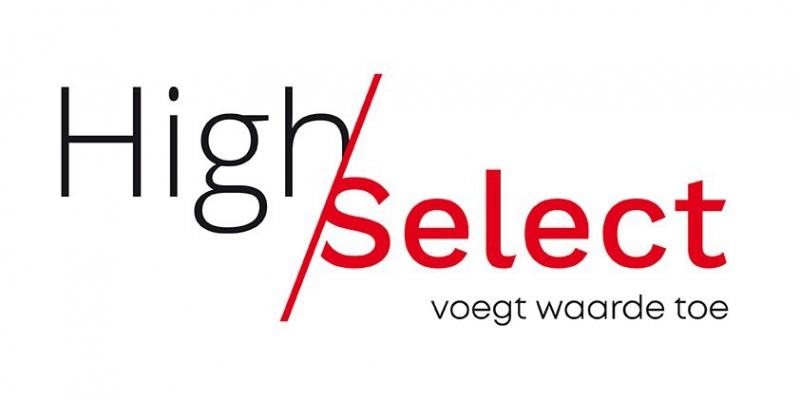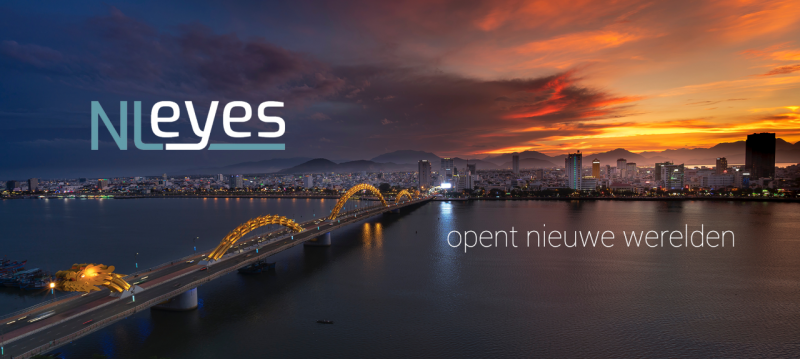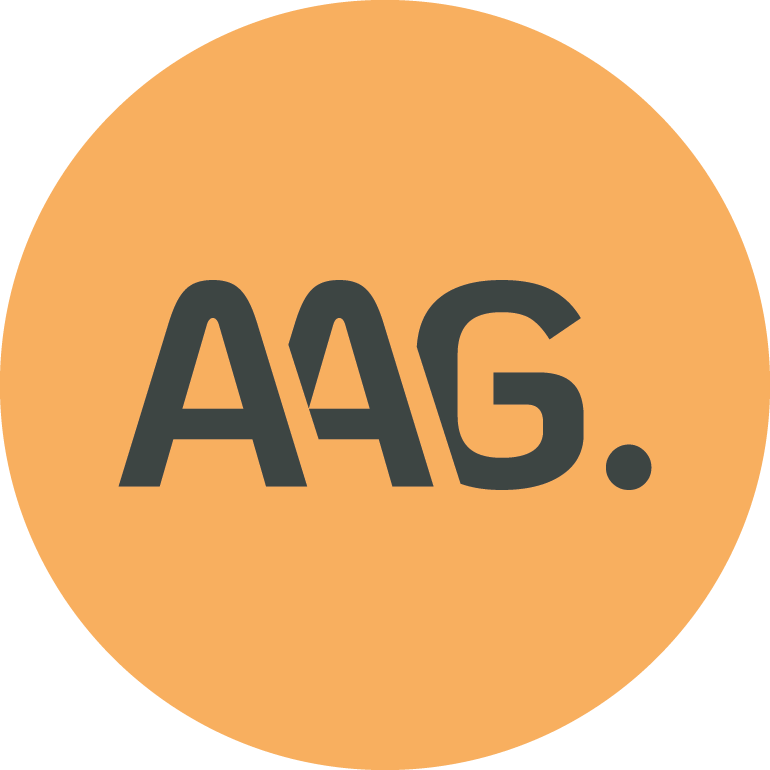Alaaf! Carnival is one of the biggest holidays in the Netherlands. However, it is rather a regional holiday within the country. Unlike King’s Day which is celebrated all over the Netherlands, Carnival is only celebrated in the provinces of Noord Brabant (North Brabant), Limburg, and to some extent in Gelderland.
In recent years, towns and villages from other provinces have decided to celebrate Carnival. Carnival’s origins, although adopted by the Church, lie within the pagan traditions. According to pagan beliefs, Carnival marks the end of the winter and the start of the spring (new life, death, rebirth). Nowadays, Carnival is adapted by the Church and is celebrated three days before the start of Lent. These are the last few days when you can do everything before Lent when you must purify the body and soul of all sins in preparation to Easter. If you are staying here for the next couple of years, I would advise that you experience the celebrations in all three provinces as there are some differences in music and in costumes people wear.
Celebrating Carnival in Limburg means that you would see a lot of people dressed up not just into any costumes but wearing Venetian style costumes (think of Renaissance dresses, masks, and big wigs). A rather strange but hilarious thing is to see men dressed up as women sipping beertjes with everyone else, and somehow dancing in the long dresses (and huge wigs) they are wearing. The most interesting thing is that they do not seem to be cold at all.
North Brabant celebrates Carnival by wearing their city colors, drinking beers, and each city offers a pubcrawl where you can have either more beer or shots. It is their tradition to wear the city scarf and/or a costume called boerenkiel. Eindhoven has the biggest pubcrawl in the Netherlands (15 bars) during Carnival but you will need to order your ticket well in advance. In Cuijk, you can do pubcrawl on rollerskates.
Other facts:
- Each city has its own name during Carnival
- There is an official greeting during the celebration “Alaaf”. It is accompanied by a hand greeting. The best people to teach you the hand greeting are the Dutchies.
- “Alaaf” has several variations depending on the city but most people will understand you.
- Each city has its own Prins Carnaval. For the next three days, the city key is with him. He is elected by a special council. There are specific criteria that should be met before being elected as Prins Carnaval.
- Carnival officially lasts for three days but in Brabant and Limburg, the festivities can last up to a week.
- The music during Carnival is called “Zate Hermeniekes” which translates to Tipsy Brass Bands.
- The first Carnival took place in DenBosch somewhere between the late 14th century and beginning of the 15th century.
- Farmer Knillis is a several meters tall doll and symbolizes the peasant farmer. On leap years, his wife, Hendrien, would accompany him standing over the Market.
Interesting articles to read:





.png)




















